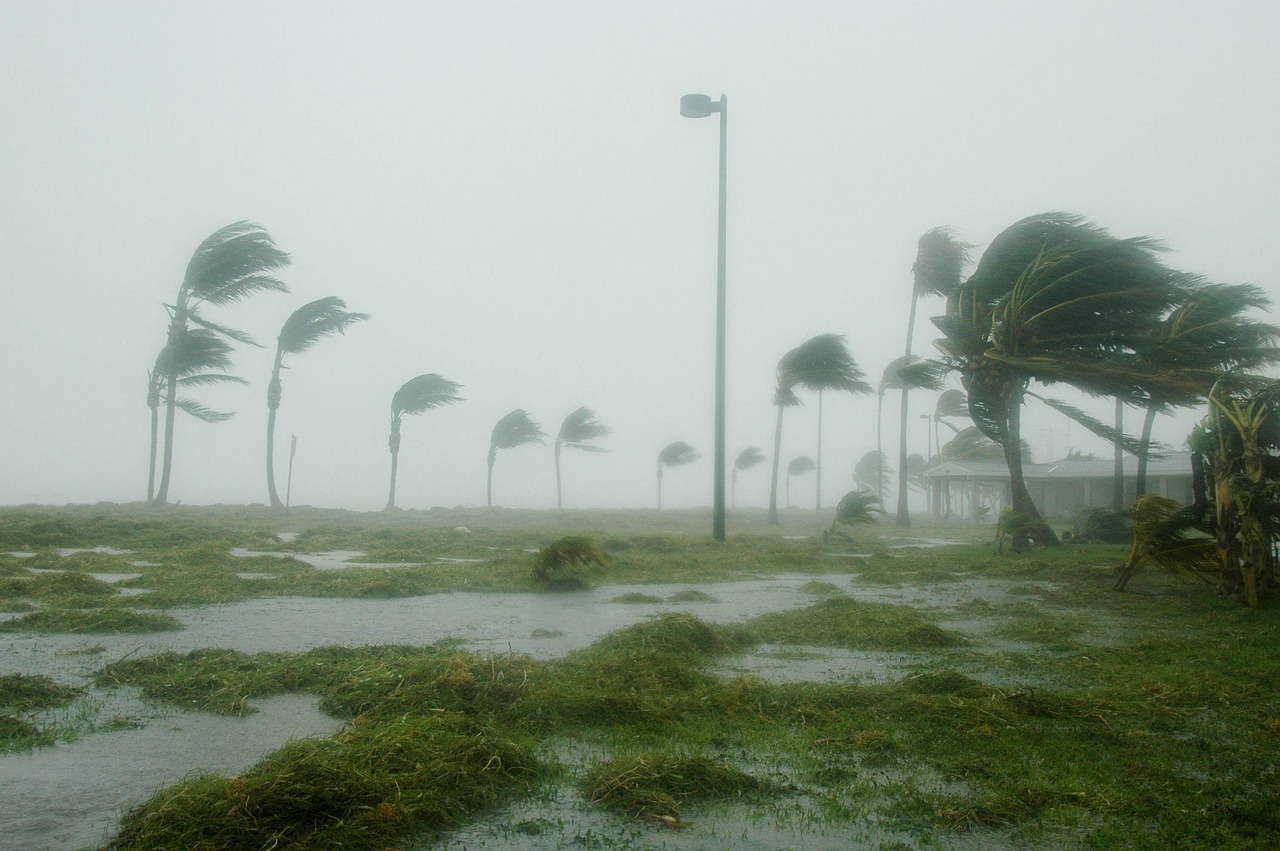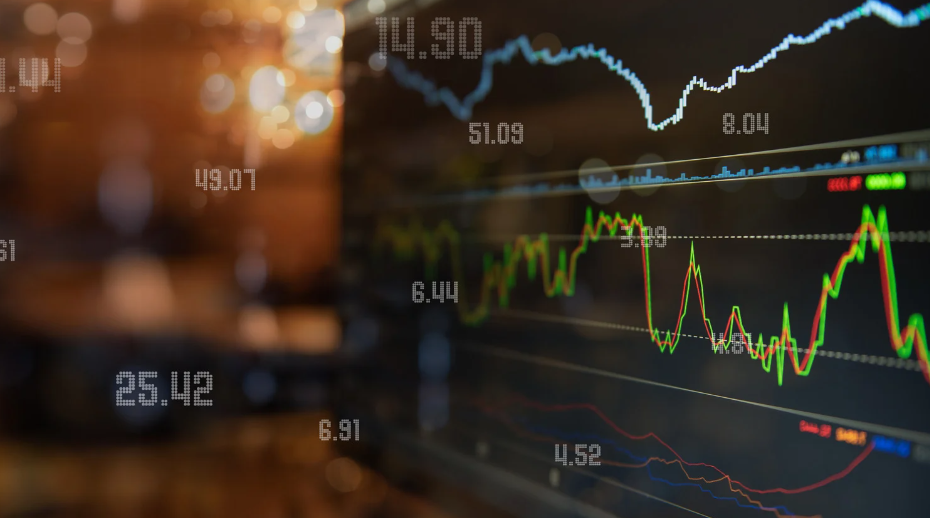Catastrophe bonds, whose returns have consistently outperformed high-yield debt markets in recent years, are about to become accessible to a broader segment of investors.
Next month, the Brookmont Catastrophic Bond ETF, based on a portfolio of up to 75 of the 250 so-called “catastrophe bonds” in circulation, could begin trading on the New York Stock Exchange (NYSE)—a global first.
“It’s an asset with a lot of nuances, and our goal is to demystify it,” said Rick Pagnani, co-founder and CEO of King Ridge Capital Advisors Inc, which will manage the ETF, in an interview cited by Bloomberg. The fund will be overseen by Brookmont Capital Management LLC, based in Texas.
Pagnani, who until last year led Pimco’s insurance-linked securities division, stated that “it is difficult to create a diversified catastrophe bond portfolio for a typical individual investor.” By packaging catastrophe bonds into an ETF, “we aim to lower some of the barriers to entry,” he said.
The market, dominated by U.S. issuances, is currently valued at approximately $50 billion, according to Bloomberg.
According to Pagnani, the pipeline of projects remains “strong and growing,” which could help push the market to $80 billion by the end of the decade.
Brookmont and King Ridge are still finalizing the lineup of partners involved in launching the ETF. They aim to raise between $10 million and $25 million in initial capital. The ETF is registered with the SEC.
The fund will cover risks ranging from Florida hurricanes and California earthquakes to Japanese typhoons and European storms, according to the prospectus filed with the U.S. market regulator.
As outlined in the prospectus, it is an actively managed ETF that, under normal circumstances, will invest at least 80% of its net assets in catastrophe bonds. It will not have restrictions on specific issuances, risks, or geographic exposure. However, the document notes that at times, the fund may have a relatively higher exposure to U.S.-related risks.
Additionally, it may occasionally have a greater concentration in Florida hurricane-related catastrophe bonds than in other regions or risks due to the higher availability of such investments relative to the global market.




